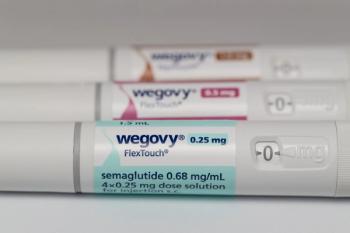
Another Win for Uninterrupted Anticoagulation in the OR
There is a razor edge differential between pharmacologic thrombus prevention and risk for excessive bleeding during procedures for AF. More guidance from a new study.
As data continue to accumulate, we are learning that uninterrupted anticoagulation prior to electrophysiologic procedures (such as pacemaker placement or ablation for atrial fibrillation [AF]) appears safer than interruption of anticoagulation, ie, bridging with parenteral agents followed by resumption of oral anticoagulation postoperatively. The peaks and troughs of anticoagulation that are created with an interruption/resumption strategy can result in rebound hypercoagulable effects or periods without protection at all.
In April 2014,
Pilot data presented at the Heart Rhythm Society Scientific Sessions 2015 by the same study group now suggest that results may indeed be similar when NOACs are being used. In a 2015 study known as
At this time, caution should be used with this NOAC strategy because unlike warfarin, there is no reversal agent available yet for the NOACs in the event of significant periprocedural bleeding. On the other hand, results from the ROCKET-AF trial do suggest that another potential strategy-switching from rivaroxaban to warfarin-can create a period of high-risk for thromboembolism. For patients who are receiving rivaroxaban, then, continuation without interruption may be the best strategy. These data make a compelling case for a larger trial of this strategy, particularly because the NOACs are in ever-wider use and because an antidote to these novel agents (ANNEXA-R) may be in the pipeline.
References:
1. Di Biase L, Burkhardt D, Santangeli P, et al.
2. Cappato R, Marchlinski FE, Hohnloser SE, et al.
Newsletter
Enhance your clinical practice with the Patient Care newsletter, offering the latest evidence-based guidelines, diagnostic insights, and treatment strategies for primary care physicians.






























































































































































































































































































